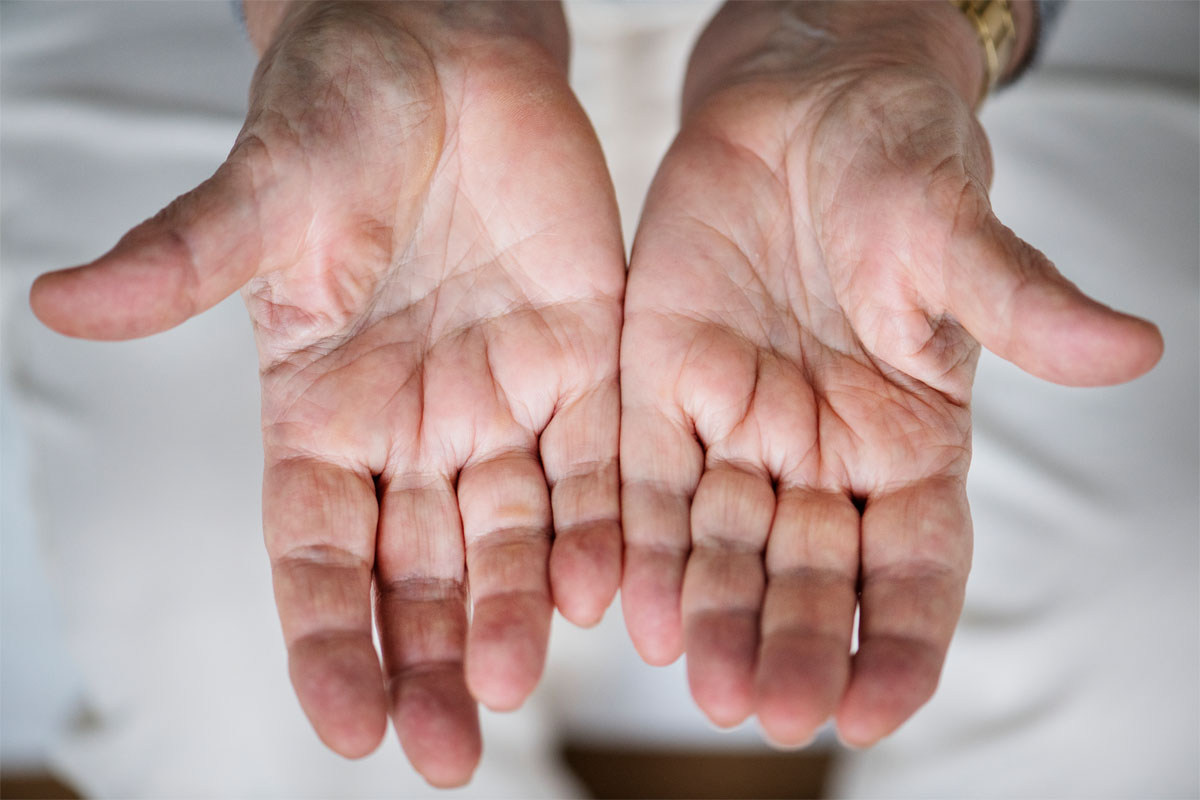
Scleroderma, also referred to as systemic sclerosis, is a collection of rare diseases involving the tightening and hardening of the skin. This condition might also cause issues in the blood vessels, digestive tract and internal organs.
Scleroderma is typically categorized as diffuse or limited, which refers only to the level of skin involvement. Both kinds can involve any of the other organ or vascular symptoms that pertain to the disease. Localized scleroderma, also referred to as morphea, impacts only the skin.
Whereas there is not a cure for scleroderma, medications can alleviate symptoms, slow progression and improve quality of living.
Symptoms of Scleroderma
Scleroderma symptoms vary from individual to individual, subject to which parts of the body are impacted.
Skin-Related Symptoms
Just about everyone that has scleroderma experiences tightening and hardening of their skin.
The initial parts of the body to be impacted are typically the fingers, feet, hands, and face. In some individuals, the thickening of the skin can also impact on the forearms, parts of the upper arms, abdomen, chest area, lower legs and thighs. Initial symptoms could include itchiness and inflammation. The coloring of the impacted skin can become light or dark, and skin may appear shiny due to the tightness.
Some people additionally have small red spots, referred to as telangiectasia, on their face and hands. Calcification can form underneath the skin, specifically at the tips of the fingers, causing protuberances that can be observed on X-rays.
Raynaud’s Phenomenon
This phenomenon is typical in scleroderma. It occurs due to an inordinate contraction of the small blood vessels in the toes and fingers in counteraction to colder temperatures or mental strain. When this occurs, the digits could feel painful or numb and change white, gray, blue, or red. This phenomenon could also happen in those that do not have scleroderma.
Digestive Symptoms of Scleroderma
This disease can impact any portion of the digestive system, stemming from the esophagus to the rectum. Subject to which parts of the digestive system are impacted, symptoms may comprise of:
- Heartburn
- Trouble swallowing
- Bloatedness
- Diarrhea
- Constipation
- Fecal incontinence
Heart- and Lung-Associated Symptoms of Scleroderma
When scleroderma impacts the heart or lungs, it can be the cause of shortness of breath, reduced exercise tolerance and lightheadedness. Scleroderma can cause scarring of the lung tissues that could result in increased shortness of breath over time. There are medications that might help delay the progression of this lung damage.
Scleroderma could also cause the blood pressure to heighten in the circulation that goes within the heart and the lungs. This is referred to as pulmonary hypertension. As well as being the cause of shortness of breath, this hypertension also can cause an overabundance of fluid to increase in the feet, legs, and occasionally around the heart.
When scleroderma impacts the heart, heartbeats can become erratic. Heart failure also may occur in some individuals.
Causes of Scleroderma
Scleroderma occurs when the body creates excessive amounts of collagen, and it accumulates in body tissues. Collagen is a fibrous protein comprising of the body’s ligaments, as well as the skin.
Professionals don’t know precisely what prompts this process to start, but the body’s immune system seems to play a part. In all likelihood, scleroderma is caused by a mixture of aspects, including immune system issues, genetics and environmental factors.
Risk Factors of Scleroderma
Anybody can get scleroderma, but it is more common in females. Individuals typically get scleroderma between the ages thirty and fifty. African Americans usually have earlier outset and are more likely to have more skin association and lung disease.
Multiple other combined factors seem to influence the risk of having scleroderma:
- Genetics
- Environmental factors.
- Immune system disorders.
Complications of Scleroderma
Scleroderma difficulties range from mild to severe and can impact the:
- Fingertips
- Lungs
- Heart
- Kidneys
- Digestive system
- Teeth
- Joints
Jolt PEMF Lab In Scottsdale, AZ
Jolt PEMF Lab provides critical energy the body needs to make new, healthy cells. It is a place to recharge, repair, and maintain optimal health through stimulating cellular repair. PEMF is the science of creating health and addressing the root causes of chronic disease and pain. Jolt PEMF, located in Scottsdale, AZ, simply gives your body the energy it needs to support its own natural healing. Our mission is to transform your health, body, and energy and that through results, PEMF will become the future of healthcare. Contact us for a free consultation today!
More Articles About Health
- Physical Therapy For Lower Back Pain
- Rheumatoid Arthritis Vs Osteoarthritis
- What Is Cellular Health?
- What You Need To Know About Red Light Therapy For Weight Loss
- 8 Ways To Fight Depression
- How To Improve Deep Sleep With PEMF Therapy
- How To Slow Aging
- PEMF Therapy For Sports Injuries
- Red Light Therapy Pros And Cons
- PEMF Vs TENS: Similarities And Differences
- PEMF Therapy Near Me
- 10 PEMF Therapy Benefits




